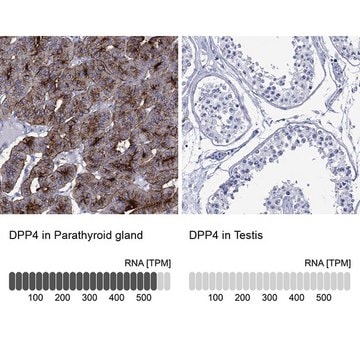631833
1,4-Dioxane solution
NMR reference standard, 5 mM in benzene-d6 (99.6 atom % D), NMR tube size 3 mm × 8 in.
About This Item
Productos recomendados
grado
NMR reference standard
analytical standard
concentración
5 mM in benzene-d6 (99.6 atom % D)
técnicas
NMR: suitable
tubo de RMN tamaño
3 mm × 8 in.
idoneidad
suitable for NMR (reference standard)
Formato
single component solution
cadena SMILES
C1COCCO1
InChI
1S/C4H8O2/c1-2-6-4-3-5-1/h1-4H2
Clave InChI
RYHBNJHYFVUHQT-UHFFFAOYSA-N
¿Está buscando productos similares? Visita Guía de comparación de productos
Categorías relacionadas
Cantidad
Each pack contains 10 tubes.
Palabra de señalización
Danger
Frases de peligro
Consejos de prudencia
Clasificaciones de peligro
Aquatic Chronic 3 - Asp. Tox. 1 - Carc. 1A - Eye Irrit. 2 - Flam. Liq. 2 - Muta. 1B - Skin Irrit. 2 - STOT RE 1
Órganos de actuación
Blood
Código de clase de almacenamiento
3 - Flammable liquids
Clase de riesgo para el agua (WGK)
WGK 3
Punto de inflamabilidad (°F)
12.2 °F
Punto de inflamabilidad (°C)
-11 °C
Elija entre una de las versiones más recientes:
Certificados de análisis (COA)
¿No ve la versión correcta?
Si necesita una versión concreta, puede buscar un certificado específico por el número de lote.
¿Ya tiene este producto?
Encuentre la documentación para los productos que ha comprado recientemente en la Biblioteca de documentos.
Nuestro equipo de científicos tiene experiencia en todas las áreas de investigación: Ciencias de la vida, Ciencia de los materiales, Síntesis química, Cromatografía, Analítica y muchas otras.
Póngase en contacto con el Servicio técnico










